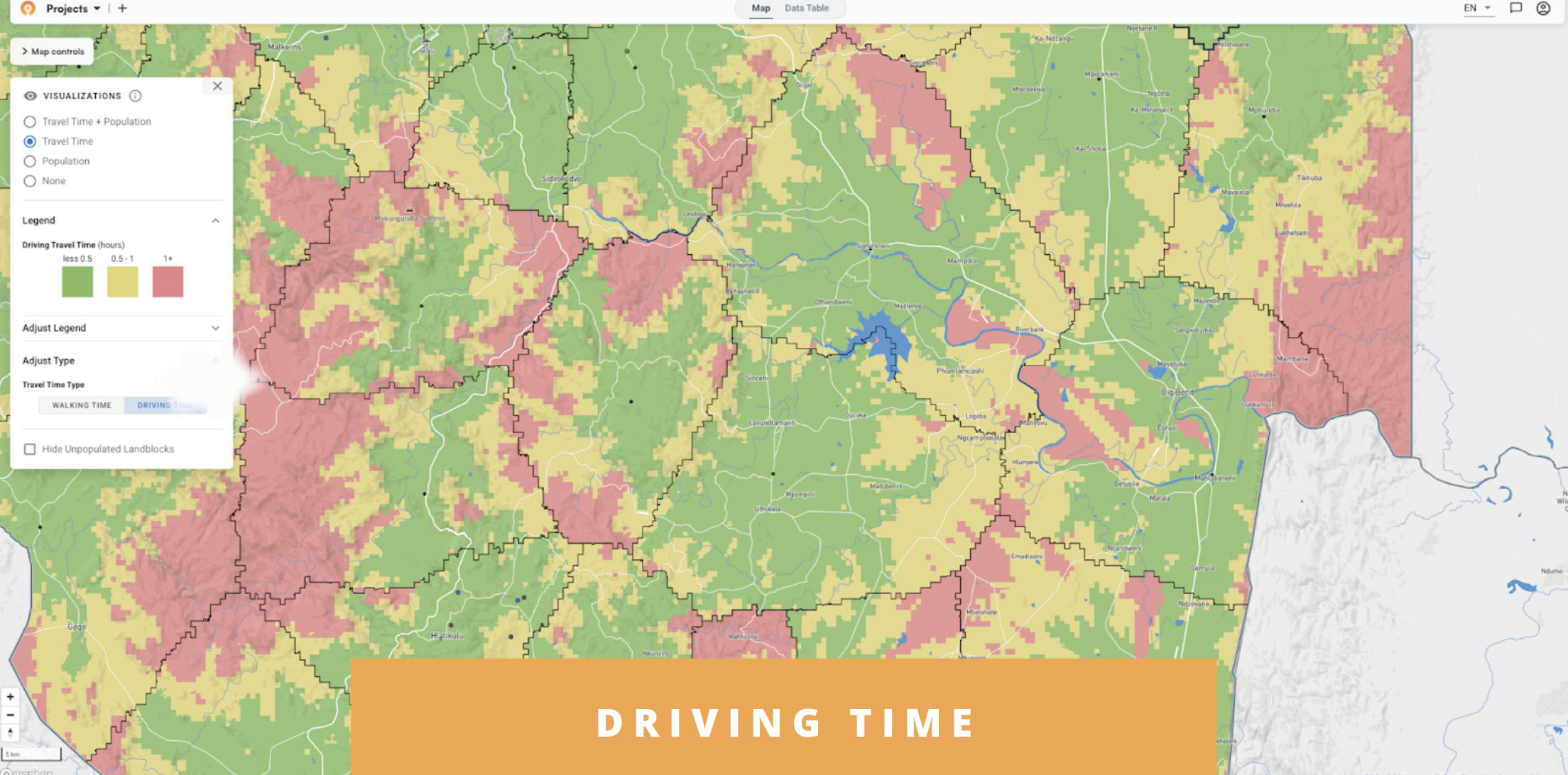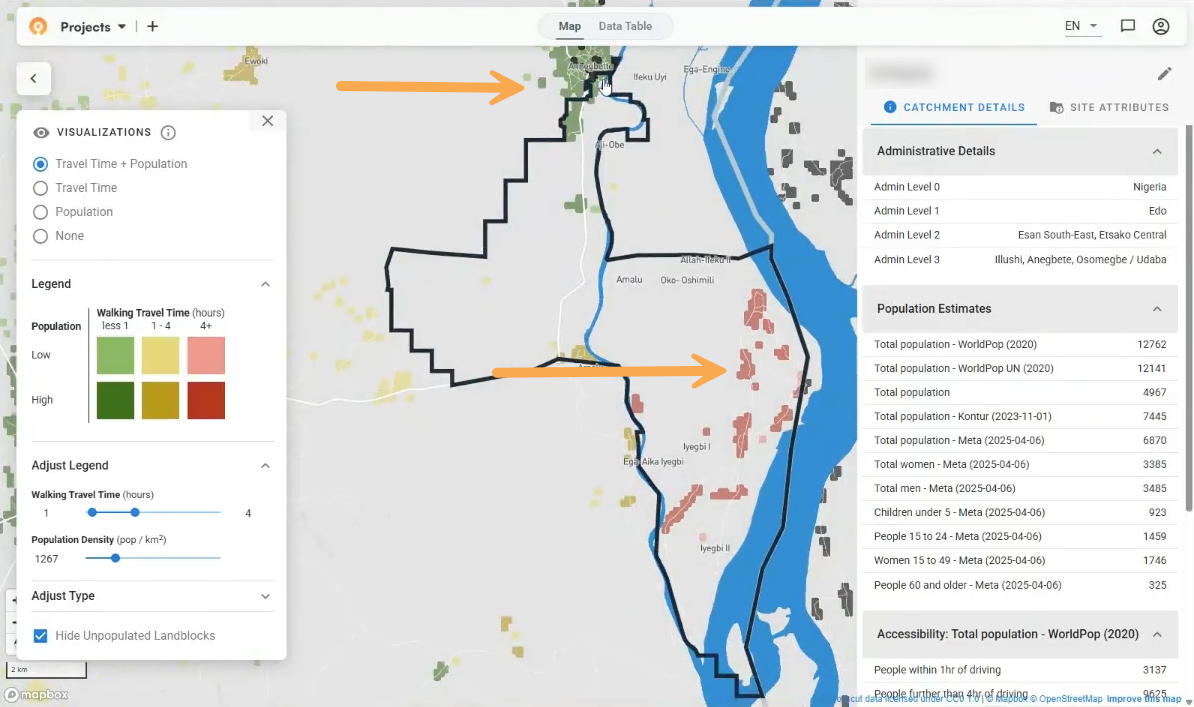Building Remote Teams That Don't Fall Apart

Five years ago we started building a fully remote team. Back then it felt pretty unusual. Now about 40% of U.S. listings offer some kind of remote work and it’s mainstream. But even as remote work normalizes, most of the advice about how to do it well is either obvious or off-base.
"Have more meetings" sounds good until you realize you've created unproductive meeting fatigue. "Use collaboration tools" makes sense until you try to have a real technical discussion about anything related to engineering or programming decisions.
After five years of coordinating technical projects and field work across continents, I wanted to share what we're still learning, what actually works, and what just sounds good on paper.
Trust first, tools second
Our team is spread over continents, so I couldn't micromanage even if I tried. Either we trust each other to do the amazing work we always do or we lose productivity trying to track everything across time zones. The challenge is small communication gaps can turn into real problems when you're coordinating projects remotely.
One way we clear up communication gaps are open, technical discussions where people disagree and debate without anyone taking it personally. That's a core part of doing our best work – talks where different perspectives clash in a constructive way. But maintaining that kind of open dialogue without a whiteboard or shared in-person space is much harder.
People need to feel safe bringing up problems, before they become crises. My job as a manager is to allow different personality types to contribute. Some of us naturally build on ideas, others immediately spot risks and edge cases. Remote work seems to amplify these team dynamics, which is why we're so focused on creating a high-trust remote work environment where we know people’s natural tendencies and everyone knows they can speak without any reservations.
And the risk is real. In a recent survey, 43% of remote workers said communication issues were their biggest challenge. Not tools or technology, just simply staying aligned as a team.
Rhythm over rigidity
Once you have trust, you still need some kind of structure. Remote work doesn't give you the same natural rhythms as an office, so you have to build your own processes on the fly.
A big focus for us has been breaking down large goals to keep us continually moving forward and in a common direction. If we're dealing with a high-level goal like "generating sub-administrative boundaries for all countries in Africa," we might start thinking through every possible approach and end up staring at the problem without any progress. This isn't anything new. Project managers have been chunking work forever but clearly-defined sprints, focused work cycles (typically 1-4 weeks) with specific goals, are even more important for remote teams.
Our two-week sprint cadence forces us to discuss big goals as a group, break them into digestible chunks, and spread them across time. So instead of figuring out how to map all of Africa all at once, we start with smaller, related tasks, like establishing a more automated geospatial pre-processing pipeline.
This is standard agile stuff with a remote work twist. While you can't just walk over to someone's desk to check in or redirect, we want it to feel just as accessible without making anyone feel like they always need to be available. That’s where common sense scheduling comes in.
Our meeting structure protects deep work
Most of these meeting types exist in every company in one form or another, but we've had to be more intentional about them with always being remote. The biggest challenge is protecting the uninterrupted focus time where complex technical work actually gets done. Everything we do is designed around creating and defending these deep work periods.
- Daily standups: 30 minutes, strict format. What I did yesterday, what I'm doing today, am I blocked? We start with 5 minutes of team banter to keep things fun and personable.
- Parking lot concept: Instead of constantly pinging each other on Slack when they're trying to focus, we hold small questions for the standup. As a manager, it takes real discipline not to pepper people with every random thought that pops into your head.
- Ad-hoc meetings: When something from the parking lot can't be resolved in under ten minutes, we book a separate meeting to work through it (usually something technical or design-related).
- Paired programming: This is when two engineers work on something together in real time. It builds shared understanding and makes space for learning.
- Sprint retrospectives: At the end of every two-week sprint, we reflect on what went well, what didn't, and what we want to do differently next sprint. Plus shoutouts for great work, which matters more than you'd think when you can't just walk over and say "nice job."
- Monthly coffee chats: Just for talking and catching up. We play GeoGuessr and Wordle when we have time. It keeps things casual and easy and builds trust.
- Quarterly goals: Each quarter, we lay out the big goals we want to achieve and deliverables we want to ship to clients. This forms the core strategic direction around which all executional work is built.
When our engineers can work for 3-4 hours straight on a complex algorithm without getting pulled into a meeting or Slack conversation, that's when breakthroughs happen. The entire sprint structure exists to create these sustained blocks of uninterrupted time.
Setting schedules like this is relatively rigid and essentially treats meeting management as a discipline. However, this approach lets us keep meeting time to about 10% or less of overall work time. In contrast, the typical software development company spends about 25% of their time in meetings, and general office workers average more on the order of 50% or more.
And sometimes we'll dedicate an entire sprint to a specific challenge. With Hack Week, we cleared our calendars and focused entirely on solving performance bottlenecks that were preventing us from scaling to larger countries. We're still working on the right meeting cadence to keep each sprint focused but flexible enough to solve our most pressing issues.
Communication beyond "hop on a call"
Quick, unscheduled calls are a time-trap. Being remote means being more explicit about things that used to happen naturally. Some of our meeting types, like coffee chats, are strictly about keeping everyone connected. This is important for trust-building, but that can easily get muddled or glossed over video calls.
So some meetings are all about exploring ideas. Others are about pressure-testing them. We’ve started trying to "code" these conversations upfront so all of us know how to contribute most effectively. That means setting the tone and expectations early:
- Brainstorming mode: No bad ideas, build on concepts, don't immediately critique
- Sharpening mode: Find edge cases, clarify requirements, prioritize development, identify risks, challenge assumptions, stress-test implementation
Some people naturally lean toward sharpening: spotting risks, poking holes, surfacing edge cases. That's great when you're refining an idea, but it can kill momentum in the early stages. Other people tend to do the opposite. They may pitch big ideas, sometimes without thinking through all the downstream effects. There’s a place for both, and coding the conversation mode helps us to have vastly more productive meetings.
This ties back into the whiteboard problem mentioned earlier, which is real and one we’ve yet to solve. Complex technical discussions are still much harder remotely. One thing that helps is having the meeting leader prepare ahead of time to improve facilitation. We often use PowerPoint as a poor whiteboard substitute, but it's clunky for real-time collaboration.
Working well basically requires all of us taking more time to prepare more than anything else, or it becomes unproductive fast. However, if there’s a magic tool we’re missing, please ping me!
Tools that work for our remote team
On the subject of tools, finding the right team productivity tools hasn’t been for lack of trying. After five years of trying just about everything, we've landed on a surprisingly simple core set of productivity tools.

- GitHub for day-to-day work tracking
- Slack for coordination (used sparingly)
- Google Meet with transcription for capturing outcomes of meetings (we make sure all meetings have decisions/outcomes where possible).
AI is already changing how we work, but our core principle is that less is more. These three tools cover about 80% of what we need to stay focused on the real deep work without too many distractions. Everything stays visible and transparent – especially for non-devs.
If you're curious about the other 20% of our stack, here's a more complete snapshot:
What actually matters for remote teams
- Start with trust.
- Protect deep work.
- Be disciplined with meetings.
- Be intentional about building team camaraderie.
All of this comes back to communication. It's woven into every aspect of remote work, from how we structure meetings to which tools we use. Some things will always take more effort remotely but there’s no use in fighting it. Plan for that reality instead of pretending it doesn't exist.
Five years in, we're still learning. Still adjusting. Still finding better ways to work together across continents and time zones. That's probably the most honest thing I can say about remote work: it's not a problem you solve once, it's a practice you keep getting better at.
I know nobody ever comments on blog posts, but I'm genuinely curious about this stuff. If you're dealing with similar remote challenges or have found solutions that work, continue the conversation on LinkedIn. Always interested to hear what's working for other remote teams.
Related Posts

December 2025: App updates and WHO workshop in Brazzaville

Catchment mapping for disease campaigns: Insights from WHO AFRO's Brazzaville workshop




.JPG)

